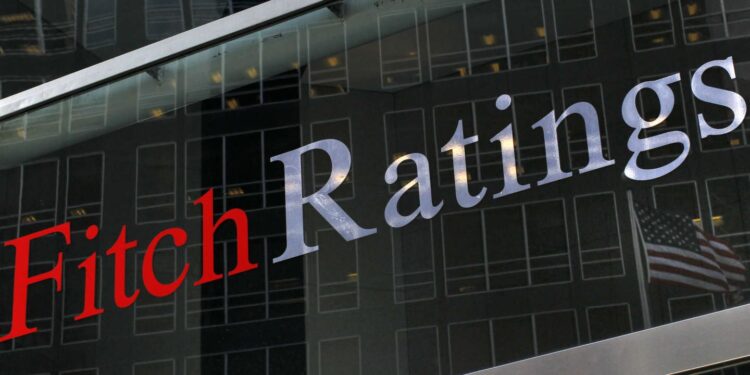By John Ikani
Fitch, one of the major independent credit rating agencies, has downgraded the US government’s credit rating from the top-notch AAA to AA+.
The decision comes as concerns about the country’s financial condition and mounting debt burden have escalated.
Fitch expressed its unease over a “steady deterioration” in governance spanning the last two decades. Treasury Secretary Janet Yellen swiftly responded, deeming the downgrade as “arbitrary” and based on outdated data from 2018 to 2020.
Credit ratings are vital benchmarks for investors to assess the risk associated with lending money to a government. Historically, the US has been regarded as a highly secure investment due to the sheer size and relative stability of its economy.
However, this year witnessed yet another episode of political brinkmanship surrounding government borrowing.
In June, the government managed to raise the debt ceiling to $31.4 trillion, but not without a prolonged and contentious political battle.
The situation even risked pushing the country into a default on its debts.
Fitch’s statement clarified that the rating downgrade reflects the expected fiscal deterioration over the next three years, coupled with a high and increasing general government debt burden, and concerns about governance relative to other countries.
The agency pointed out a steady decline in governance standards over the past two decades, particularly concerning fiscal and debt matters, despite a bipartisan agreement in June to suspend the debt limit until January 2025.
Janet Yellen strongly disagreed with Fitch’s decision, emphasizing that Treasury securities remain the world’s premier safe and liquid asset and that the fundamentals of the American economy are robust.
It’s worth noting that another credit rating agency, Standard & Poor’s, had previously downgraded the US’s rating from AAA to AA+ during a similar dispute over the debt ceiling in 2011.
The recent downgrade adds further weight to the ongoing concerns about the nation’s financial trajectory and governance.
How to explain this to people of all ages and educational backgrounds
For younger people:
Imagine you want to borrow money from your parents to buy a new video game. If you have a good track record of paying them back, they’re likely to lend you the money. But if you’ve had trouble paying them back in the past, they might be more hesitant.
The downgrade of the US credit rating is like your parents deciding to give you a lower credit limit because they’re worried about you not being able to pay them back. This doesn’t mean you’re a bad person, but it does mean that they’re taking a more cautious approach.
For people with less education:
A credit rating is a measure of how likely a person or organization is to repay their debts. A higher credit rating means that you’re more likely to be able to borrow money and that you’ll pay it back on time.
The downgrade of the US credit rating means that the country is now seen as a slightly riskier investment. This is because the government has a lot of debt and there are concerns about how it will be able to pay it back.
For people with more education:
The downgrade of the US credit rating is a sign of the growing concerns about the country’s financial condition and mounting debt burden. The repeated political brinkmanship surrounding government borrowing has only served to exacerbate these concerns.
The downgrade is a reminder that the US government’s creditworthiness is not guaranteed and that investors should carefully consider the risks before lending money to the government.

































